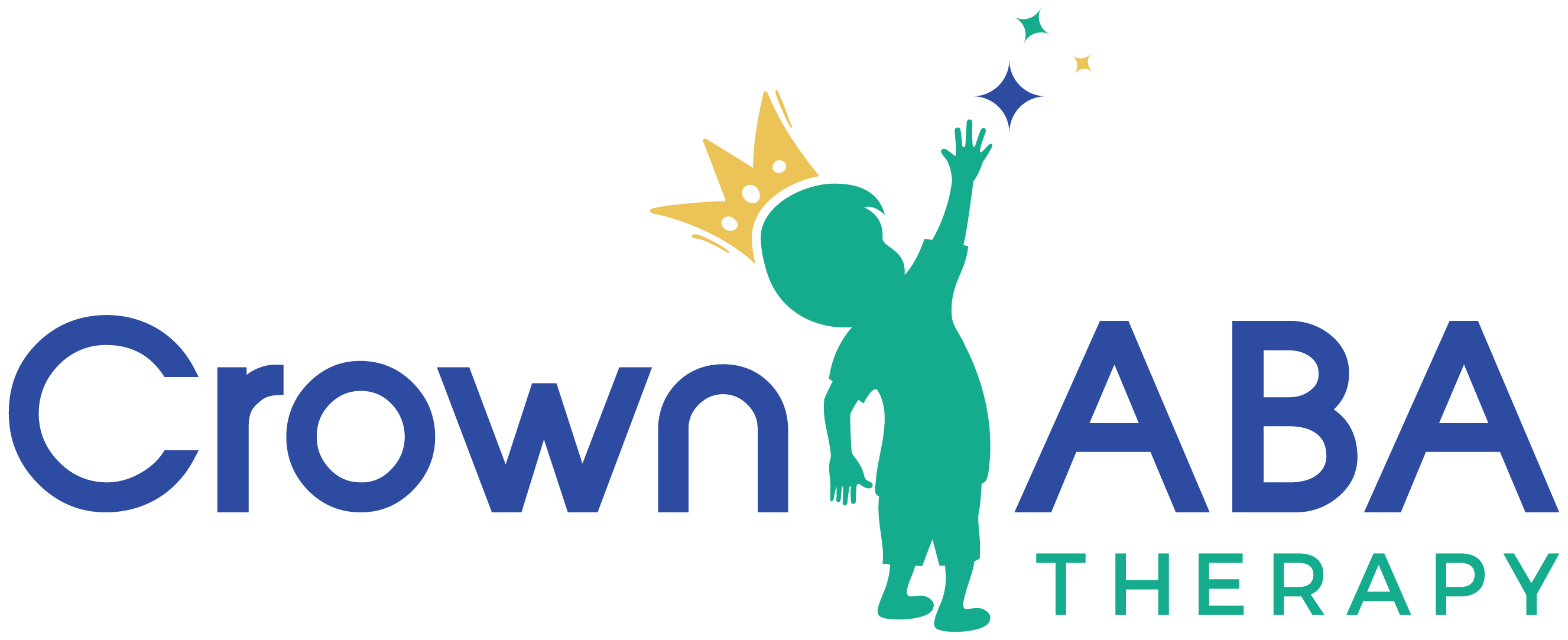Key Points:
- Tics and autism spectrum disorder (ASD) are distinct but often co-occur, creating challenges in diagnosis and treatment.
- Tics are not a form of autism, but many children with autism exhibit tic-like behaviors.
- Applied Behavior Analysis (ABA) therapy can be effective in managing behaviors related to both autism and tic disorders.
If you’ve noticed your child with autism displaying tics, you might be asking, ‘Are tics a form of autism?’ This question often comes up for parents, especially when their child’s behavior doesn’t neatly fit into one diagnosis. Let’s break down what tics are and how they relate to autism.
Are Tics a Form of Autism?
No, tics are not a form of autism. Tics are sudden, repetitive movements or vocalizations that are involuntary, while autism is a neurodevelopmental condition characterized by social, communication, and behavioral challenges. However, they can coexist, and individuals with autism are more likely to also experience tics or tic disorders.
What are Tics?
Tics are often misunderstood. They are not simply “bad habits” or behavioral problems. Instead, they are sudden, rapid, and recurrent movements (motor tics) or sounds (vocal tics) that a person feels a strong urge to do—much like a sneeze or itch.
For parents, watching a child repeat a movement or sound can raise alarm bells, especially if the child is also diagnosed with autism or suspected to be on the spectrum. It’s crucial to distinguish between common stimming behaviors and clinical tics.
Tics fall into two primary categories: motor tics and vocal tics. Both motor and vocal tics may vary in frequency and intensity, often increasing with stress, excitement, or fatigue. They can start as early as 5 years old, and some children may grow out of them over time.
What’s the Relationship Between Autism and Tics?
This is where it gets more nuanced. While tics and autism are not the same, they often coexist. In fact, research shows that children with autism are more likely to also be diagnosed with a tic disorder, such as Tourette’s Syndrome.
Here are some shared characteristics and co-occurrence:
 This overlap can confuse parents and clinicians alike. When asking, “Are tics a form of autism?”—the answer is still no, but there are reasons why the question comes up so often.
This overlap can confuse parents and clinicians alike. When asking, “Are tics a form of autism?”—the answer is still no, but there are reasons why the question comes up so often.
How Can You Tell the Difference Between Tics and Stimming?
This can be one of the most confusing challenges for families—and even for professionals at times. Tics and stimming may appear similar, but they stem from different neurological origins and serve distinct functions. Recognizing these differences is crucial for determining the best course of treatment and, even more importantly, avoiding misinterpretation of a child’s behaviors.
Willingness and Purpose
Tics are automatic and involuntary, though a person may feel a sense of buildup before the tic occurs. In contrast, stimming is typically voluntary or semi-voluntary, with the individual using it to self-soothe or regulate sensory experiences.
Situational Triggers
Tics can occur regardless of surroundings and often without any clear emotional cause. Stimming, on the other hand, is more likely to happen in response to overwhelming sensory input, excitement, or anxiety.
Purpose and Impact
Tics are a neurological release, often occurring without any clear emotional drive. Stimming, however, usually serves as a way to manage emotions or sensory overload—like calming down during stress or expressing happiness.
While exploring the link between tics and autism, it’s also important to understand how other conditions may overlap. Learn more in our related article: Autism and Migraines: Understanding the Connection.
4 Causes of Tics in Kids With Autism
Parents often ask, “Why is my autistic child suddenly developing tics?” The cause isn’t always clear, but certain neurological and environmental factors increase the likelihood.
Here are some contributing factors:
- Genetics: A family history of tic disorders or neurodevelopmental conditions increases the risk.
- Co-occurring Diagnoses: ADHD and OCD, common in kids with autism, are also linked to tic behaviors.
- Stress and Anxiety: High-stress environments can exacerbate tic frequency and severity.
- Neurological Wiring: Some brain imaging studies suggest that individuals with both autism and tics show different connectivity in brain circuits related to impulse control and movement.
Understanding the root causes helps with early intervention, which is crucial for minimizing the impact on daily life and emotional well-being.
Do Tics Get Worse Over Time?
Tics can wax and wane. They might seem to get worse during certain life phases—particularly around school transitions, puberty, or periods of high stress. For many children, tics peak in early adolescence and lessen with age. For others, they may persist into adulthood, especially if left unaddressed. This unpredictability can be distressing for parents, but being informed can help set realistic expectations and encourage proactive support.
Can ABA Therapy Help With Tics?
While ABA (Applied Behavior Analysis) therapy is not a cure for tics, it can be a powerful tool in helping children manage behaviors that interfere with daily functioning—especially when autism is also in the picture.
ABA focuses on improving specific behaviors, including communication, social skills, self-care, and play. When it comes to tics, ABA therapists can help identify environmental triggers and teach alternative behaviors or coping strategies.
Should You Be Concerned About Tics?
Concern is natural, especially when you’re trying to support a child already navigating autism spectrum disorder. Tics are not dangerous in and of themselves, but they can impact quality of life—especially if they lead to social stigma or frustration. The key is not to panic, but to observe patterns, keep open communication with your child’s care team, and seek evaluation when in doubt.
Get Support That Makes a Difference
If you’re looking for trusted support for your child with autism and tics, Crown ABA offers specialized ABA therapy in Maryland. Our team works with families to create individualized behavior plans rooted in compassion, science, and real-life application.
Tics may not be a form of autism, but when they overlap, the experience can be confusing and overwhelming. That’s where ABA therapy shines—by helping kids build skills, reduce disruptive behaviors, and improve their quality of life.
Get in touch with us today to learn how we can help your child thrive!





